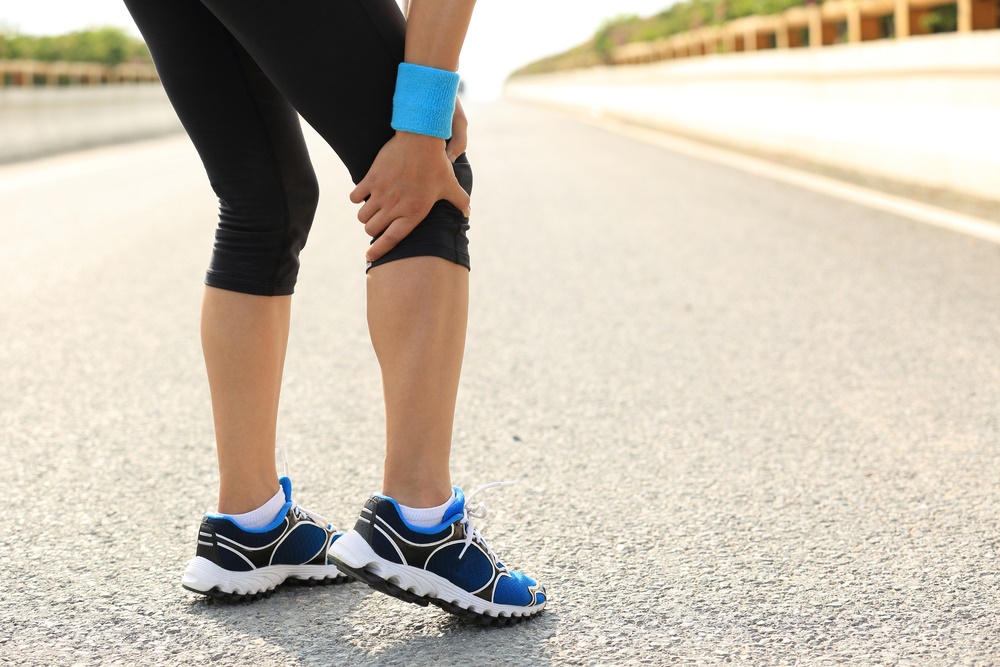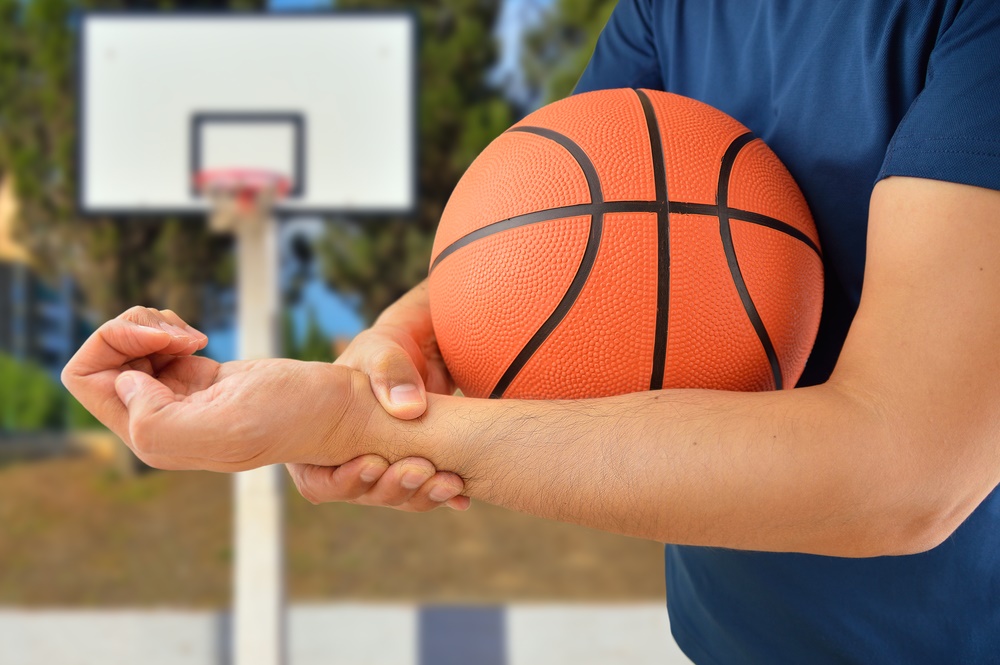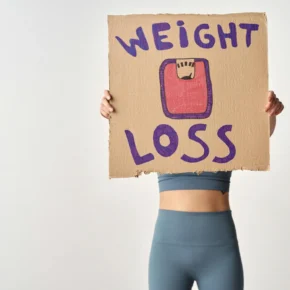Sustaining a sports related injury can be a significant setback in your athletic and fitness endeavours. However, it doesn’t necessarily mean that you can’t exercise at all. In fact, depending on the type of injury, you may still be able to participate in a wide range of exercises. But, before you do, check out these key tips for exercising with a sports related injury:
- Go See Your Doctor First
First and foremost, if you have sustained a sports related injury then you need to go see a doctor like CKPHYSIO.CO.UK. It’s important that the doctor evaluates the severity of the injury and provides you with an accurate diagnosis. If you don’t get checked out, or receive proper diagnosis, then you run the risk of worsening the injury or creating other health complications. Additionally, your doctor might be able to recommend some exercises to try out or to avoid. The bottom line is that all sports related injuries should be evaluated, treated and monitored by a medical professional such as a physio dublin.
- When To Start Exercising
Another reason to see your doctor is so he or she can give you a timetable on when you can exercise. Some injuries may allow you to continue an exercise program like a sprained ankle, which still lets you do upper body exercises. Conversely, there are some injuries that may prevent you from exercising at all like a severe injury to your shoulder joint.
A medical professional will be able to recommend when it’s safe for you to return to the gym or when to begin rehab work on your injury.
- Exercising Everything But The Injury
So, you’ve been given the green light to exercise everything but the injury and to do nothing that will worsen the injury. Although this is great news, you still need to be very cautious. Keep in mind that your body is recovering from an injury and not functioning at an optimal level. This automatically eliminates lifting heavy weights because that type of training puts too much stress on your body. Additionally, heavy lifting requires excellent form and balance, which may be impossible while you’re injured. Instead, try to focus on the following tips to remain safe while exercising:
- Workout on machines only. They are safer, the weight is easy to adjust, they will ensure good form, and you can sit down while performing the exercises.
- As mentioned, try to only do exercises where you are sitting down. This will eliminate any unnecessary strain on lower body injuries. Additionally, if you’re suffering from an upper body injury, sitting down on machines will still allow you to perform some lower body exercises.
- If one side of your body is hampered by an injury, don’t exclusively exercise the other side. For example, if you have a sprain to your left elbow, don’t go to the gym and do bicep curls on your right arm the whole time. This will cause a greater imbalance between the left and right sides of your body.
- Because you’re exercising with lighter weight, you can do more repetitions. This helps with overall muscular endurance and, in some cases, can even have an aerobic effect on your body which is a good thing especially if you can’t do any cardio due to your injury.
- Exercising The Injured Area
Exercising a sports related injury falls under the category of physical therapy and rehab. In other words, this form of exercise will be monitored and prescribed by a medical professional. Rehab programs take a sensible approach to systematically working a patient’s way back from the injury. Typically, a program will start with exercises to improve range of motion and flexibility. If you had an injured joined that needed to be immobilized, then this first step of rehab is like learning how to crawl before you can walk.
Working on motion and flexibility prepares the joint for the next stage which is muscular work. Here, you will improve your strength and power. Once your joint is stronger, and the surrounding muscles are conditioned, then you can start doing exercises that are sports specific like speed, agility and quickness drills. Before you know it, this systematic approach has you back to playing your sport and performing at a high level.
- Monitor Pain and Swelling
Regardless if you’re doing rehab work or exercising non-injured body parts, make sure that you always pay attention to any pain or swelling. Even if you have a high threshold for pain, this is the body’s way of saying something isn’t right. It could require you to stop exercising, rest, ice, elevate or go see your doctor. If you do notice anything unusual, it might be beneficial to visit an adelaide sports chiropractic facility for some expert advice about how to proceed. The same can be said about swelling. It’s important that you monitor these symptoms to ensure that you don’t exasperate the injury. If the injury doesn’t get any better then you may need to perform a movement assessment.
Conclusion
Exercising after an injury isn’t something that you should take lightly. There’s so much to take into consideration to ensure you don’t re-injure the area again. So, have you had a sports injury lately?
Mohamed Taha
Mohamed is the Founder of FORM CLINIC, a group of specialist Osteopathy, Physiotherapy and Acupuncture clinics in central London. Since qualifying from British College of Osteopathic Medicine in 2007, Mohamed has had a wealth of experience treating musculoskeletal conditions. with experience in treating patients across various clinics in Central and North West London. Mohamed took a very keen interest in sports injuries and rehabilitation from early on, as one of reasons he pursued a career in osteopathy was from his injuries in the rugby field.





